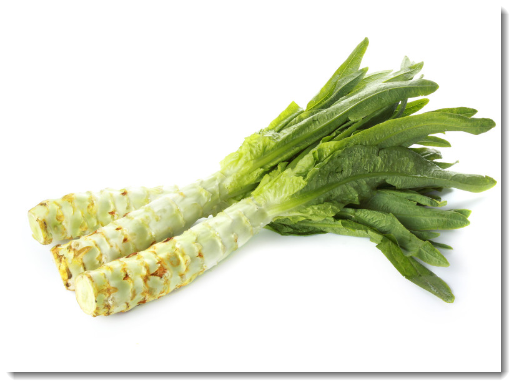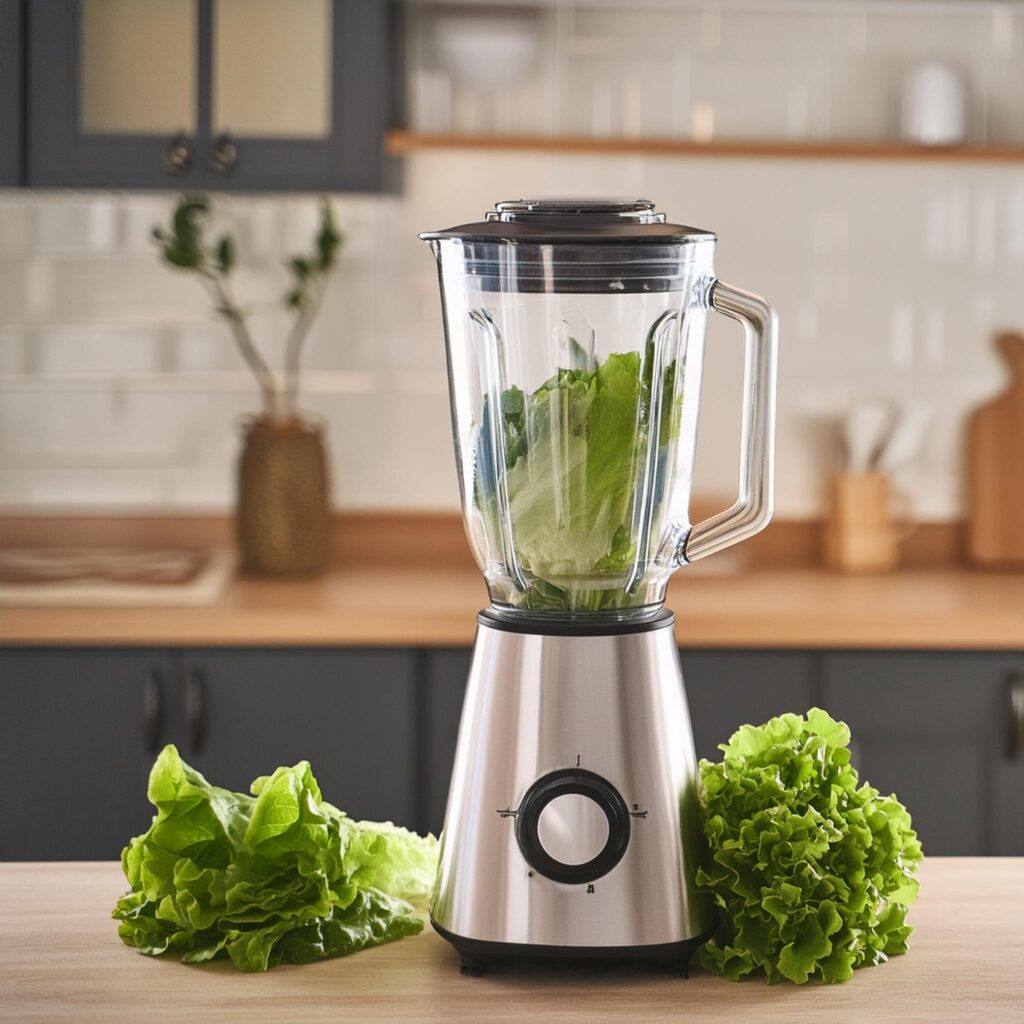
The Ultimate Guide to Growing and Enjoying Lettuce
Lettuce is one of the most versatile and rewarding crops to grow in your garden. Whether you are a seasoned gardener or a novice, lettuce offers a variety of types and flavours that can enhance your salads, sandwiches, and meals. Lettuce can be used frequently in winter and not and not just in summer salads. Some varieties can be cooked and enjoyed in stir-fries. In this guide, we will explore the basics, including the different types of lettuce, tips for growing them successfully, and delicious ways to enjoy your harvest.
Types of Lettuce

Lettuce comes in several varieties, each with its unique characteristics. Here are the main types you can consider for your garden:
- Leaf Lettuce: Loose leaves that can be harvested continuously.
- Romaine: Known for its crisp texture and slightly bitter taste.
- Butterhead: Soft, tender leaves with a buttery texture.
- Stem Lettuce: Also known as celtuce, it is grown for its thick stems rather than leaves.
Common Varieties of Loose Leaf Lettuce in New Zealand
- Crisphead: Includes the popular iceberg lettuce, known for its crunch.
- Green Salad Bowl: A tender, light green leaf lettuce with a sweet flavour.
- Red Salad Bowl: Similar to Green Salad Bowl but with red-tinged leaves.
- Lollo Rosso: Attractive, frilly red leaves with a slightly bitter taste.
- Oakleaf: Resembles oak leaves, available in green and red varieties, with a mild flavour.
- Buttercrunch: A hybrid between loose leaf and butterhead, offering a crisp texture.
How to Grow Lettuce
Growing lettuce is straightforward if you follow these essential tips:
Choosing the Right Location
- Sunlight: Lettuce prefers full sun but can tolerate partial shade, especially in warmer climates.
- Soil: Ensure well-draining, fertile soil. A pH between 6.0 and 6.8 is ideal.
- Temperature: The ideal growing temperature for lettuce is between 15-18°C. Lettuce can tolerate temperatures as low as 4°C but may bolt or become bitter in temperatures above 24°C.
Planting Lettuce
- Seeds or Transplants: Start with seeds indoors or sow them directly in the garden. Transplants are also a good option.
- Spacing: Thin seedlings to give each plant enough room to grow, typically 15-30 cm apart.
Care and Maintenance
- Watering: Keep the soil consistently moist but not waterlogged. Try not to water lettuce from above as this can invite pests and disease.
- Fertilizing: Use a balanced fertilizer to promote healthy growth.
- Pest Control: Watch for common pests like aphids and slugs, and use organic methods to manage them.
- Airflow: Good airflow will reduce the potential for fungal diseases.
Harvesting Lettuce
Lettuce can be harvested at various stages:
- Baby Greens: Harvest young leaves for tender, mild-flavored salads.
- Full Heads: Wait until the heads are fully formed for a more substantial harvest.
Enjoying Your Lettuce Harvest
Here are some delicious ways to enjoy your fresh lettuce:
- Classic Caesar Salad: Crisp romaine lettuce with Caesar dressing, croutons, and Parmesan cheese.
- Lettuce Wraps: Use large lettuce leaves as a low-carb alternative to wraps.
- Garden Salad: Mix different types of lettuce with garden vegetables for a refreshing salad.
- Grilled Romaine: A unique twist on lettuce, lightly grilled and topped with your favourite dressing.

Celtuce:
Chinese Lettuce or Celtuce, is a crunchy and delicious green stem vegetable, perfect to stir-fry. This blog (Peter’s Food Adventures) and video give a great explanation of harvesting and cooking.

Lettuce Smoothies:
Blend lettuce with fruits and vegetables for a nutrient-packed smoothie.
Conclusion
Lettuce is a wonderful addition to any garden, offering a variety of flavours and textures that can be enjoyed in numerous ways. With the right care, you can enjoy fresh, homegrown lettuce throughout the growing seasons. Happy gardening!
Tag:iceberg, leafy greens, lettuce, low calorie, romaine, salads



